No Results Found
The page you requested could not be found. Try refining your search, or use the navigation above to locate the post.
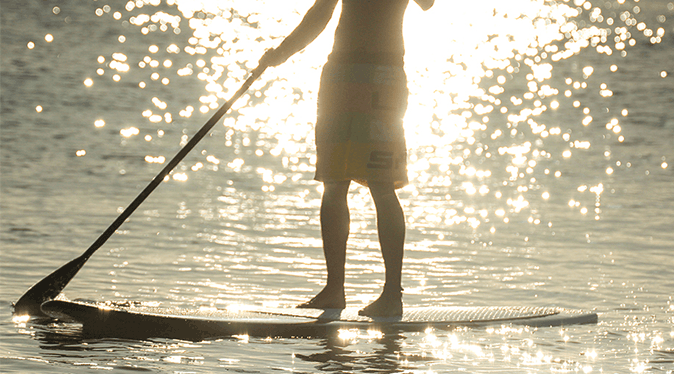
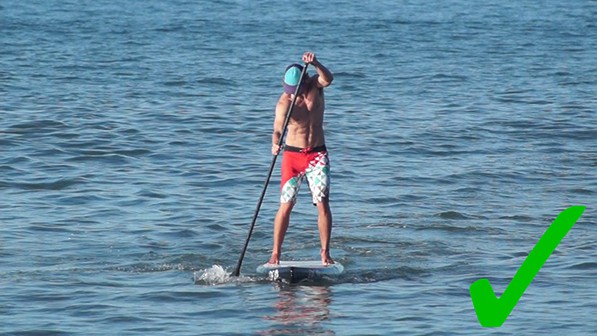
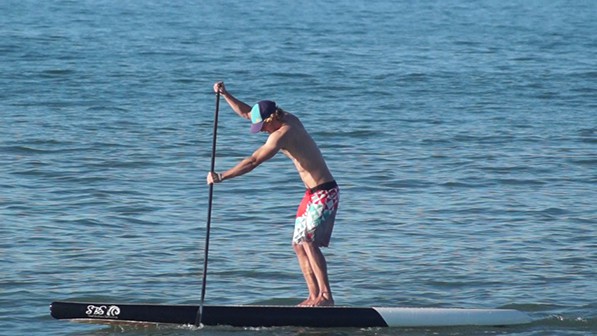
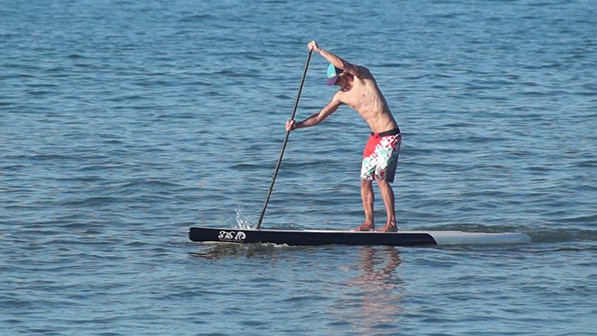

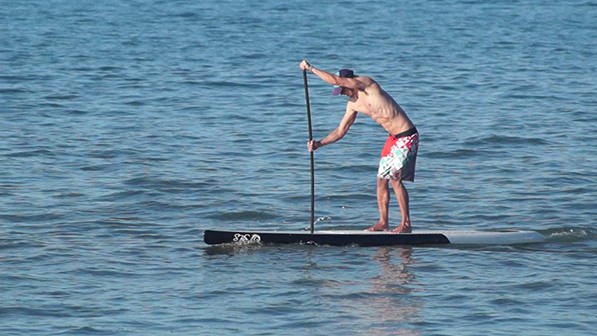
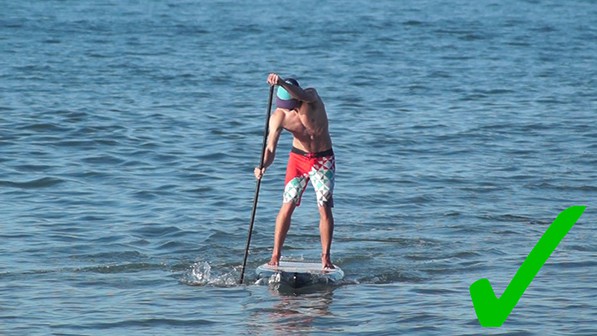
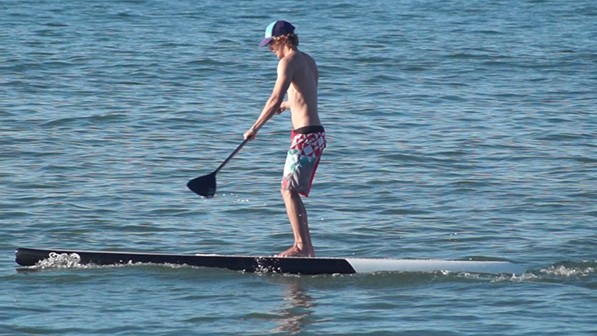
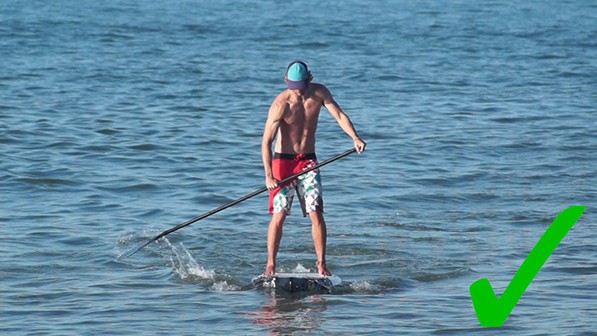
The page you requested could not be found. Try refining your search, or use the navigation above to locate the post.


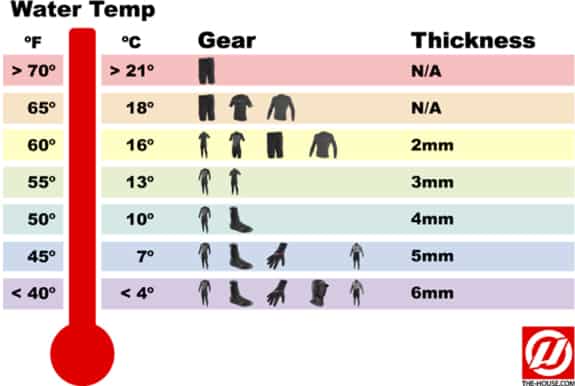
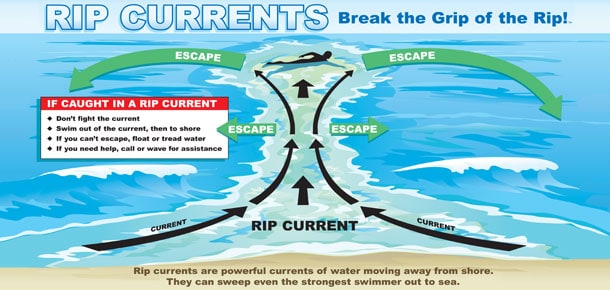
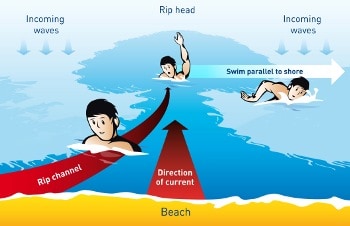
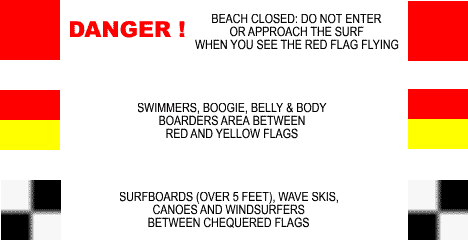
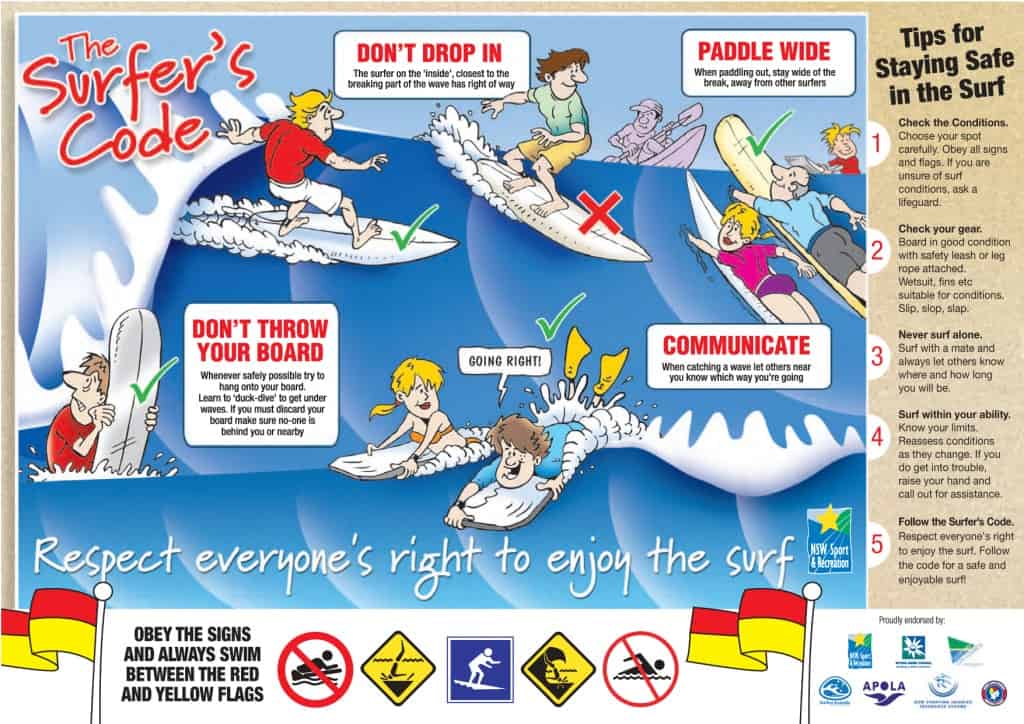
Disclaimer: The information found within this site is for general information only and should not be treated as a substitute for local advice from local authorities, lifeguards, instructors and schools. SBSboards.com is not responsible or liable for any Action made by a user based on the information shown within this website. Always consult your own local lifeguard’s if in any way concerned about your safety or health.
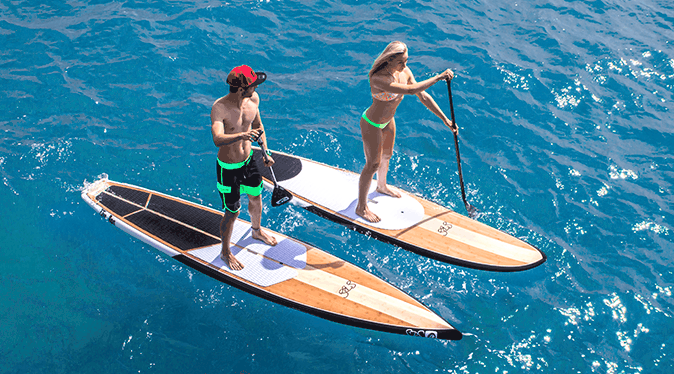
Stand up paddle boarding (SUP) is one of the fastest growing sports in the UK. Its popularity is due to fun and relaxing nature of the activity, accessible to all. Its also a great way to give your body a full workout and thus has become a popular cross-training activity for athletes, and recreation users as a great way to stay in shape. It can be done pretty much on any water surface, whether it be open ocean, in the surf or lakes and rivers. stand up paddle boarding also allows you to travel in style whiles providing you with a unique view of the ocean without any limitations.
To Get started in Sup you only need a small amount of equipment to start to enjoy this sport.

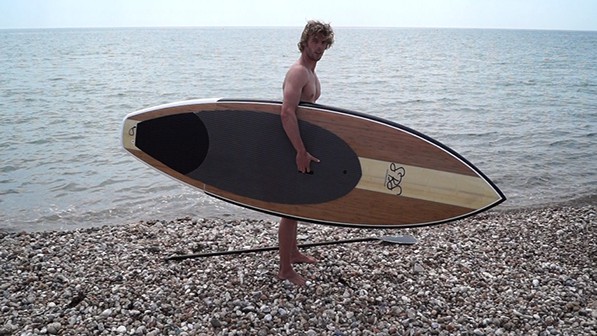
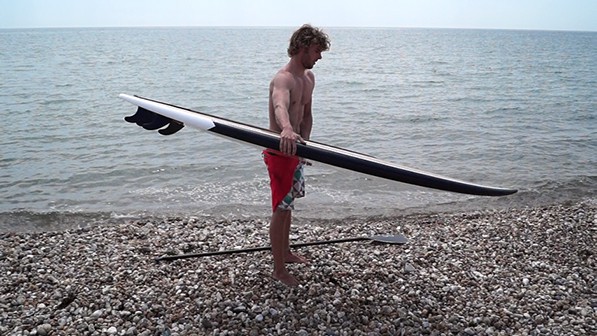
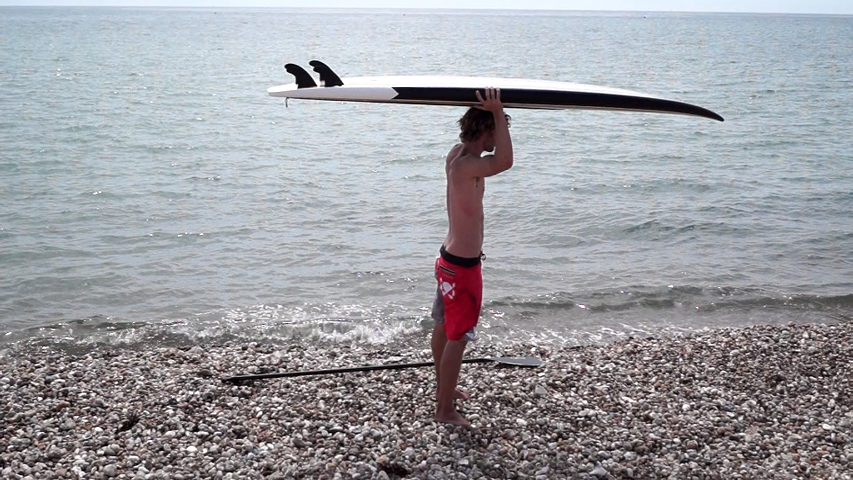
A leash is important safety device in case you fall off of your board. It will keep the board from floating too far away from you and potentially into someone else. Especially helpful if you are in waves or there is a current. You attach one end of the leash to the tail of the board and the other around your ankle. Here 4 simple steps to properly attach your leash:
All paddle boards require fins. Most boards come with a single or tri fin setup. Here are some simple steps to get the fins setup:
On some sups there will be small side fins mostly used if in waves to give greater control
When you’re new to the sport, it’s best to start out in flat, calm water if possible with in your depth, whilst being free of obstacles like boats and buoys or swimmers.
At first, you may find it easier to kneel on the board rather than to stand upright. Here are the steps to get you started:
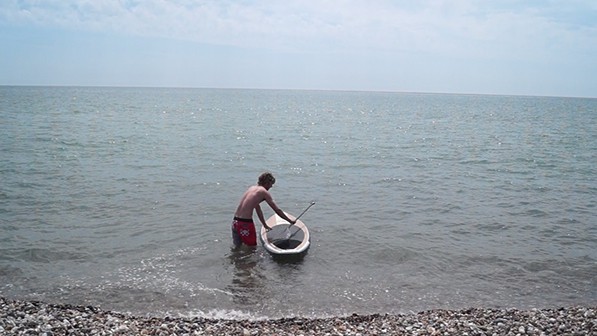
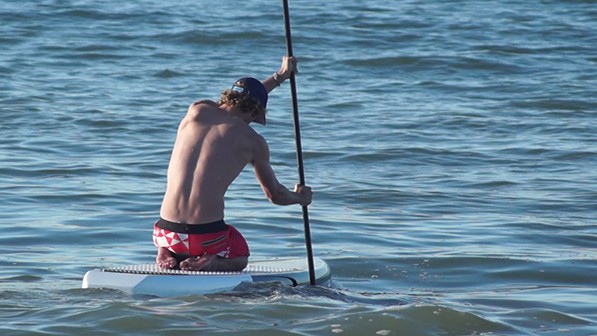
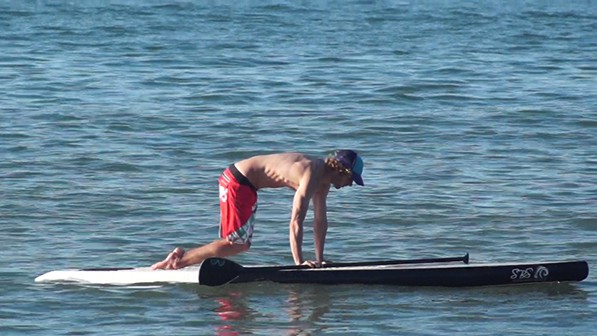
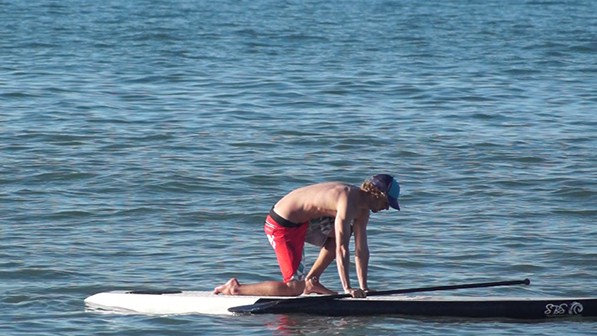
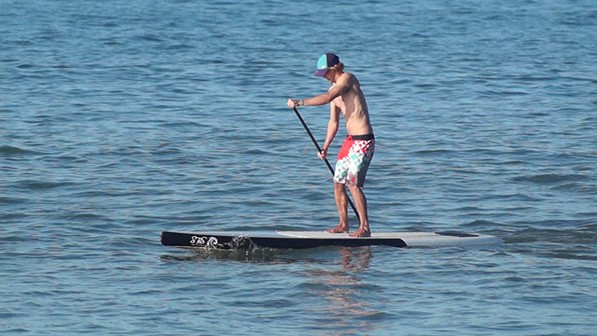
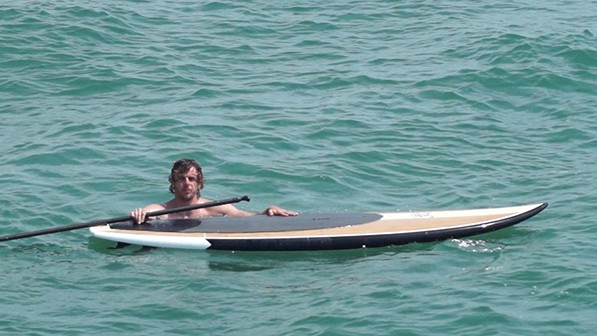
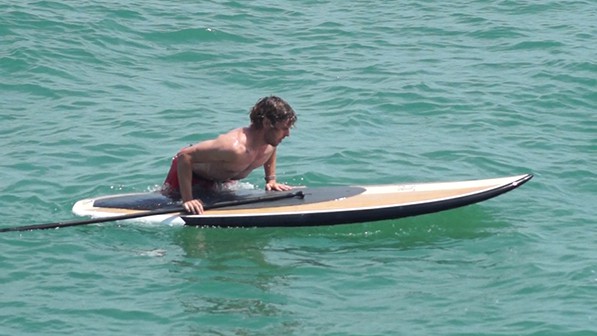
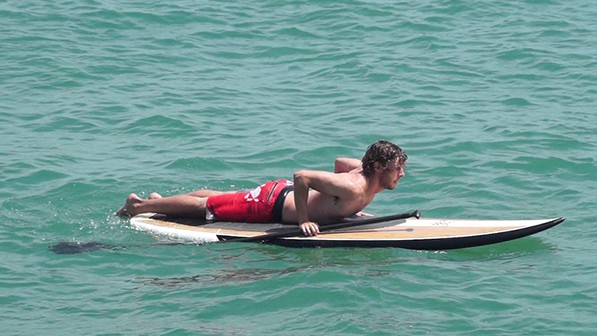
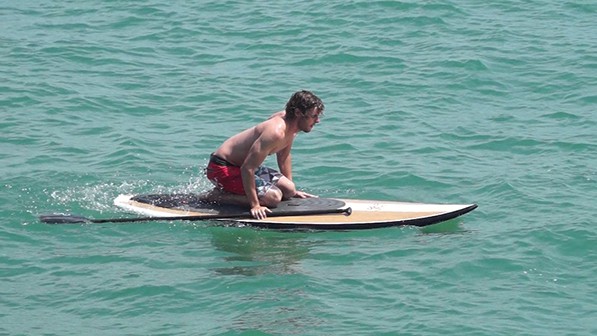








There are several easy ways to turn a paddleboard. Some of the basic strokes are
Once you’ve mastered the basics, there’s almost no limit to the watery worlds you can explore on your stand up paddleboard. Play in the waves and ocean surf, carve turns or learn new strokes. You might find yourself wanting a narrower, more manoeuvrable board as you become more adept.
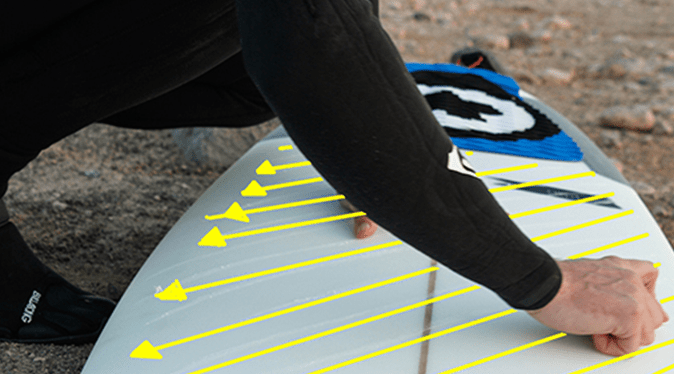
Wax has been used for years to help surfers gain traction and grip to their surfboards in water. Traditionally a surfboard is quit slippery in the water and without wax or traction pads I would be difficult to paddle and ride. Most surfboards have a thin layer of wax on the deck. Surf wax applied correctly will create a layer of small waxy bumps giving your feet a grip/traction
The following is a beginner’s guide to waxing your board as well as a tutorial of how to get the perfect traction for your board If you’ve never waxed a surfboard before or you’re just looking for tips to get a better wax job, here is our guide to waxing your surfboard.
Choosing the right wax for the job is key depending on the size of the board as well as the temperature of the water will determine what wax you need tropical water, warm water, cool water & cold water are your usual wax names if you take a cold water wax to warm water, it will be too soft. But you could use a warm water wax in cold water, but it’s better to get what you need.In the UK the average temperature varies from around 4 C in winter to around 15 C in summer. There for you will need to possible change your wax in the summer and winter. But most of the year Cold water wax is perfect
Wax temperature guide below
To wax your surfboard The main thing you will need is some wax remover/white spirit/a rag or cloth/ basecoat wax, topcoat wax and a wax combe
When starting to wax a surfboard you need to remove any debris, dirt or previous wax to ensure the surfboard is clean to ensure you get proper adherence. If your surfboard is brand new follow step 4
First take the wax combe and start scrape off all of the wax with the straight side of your wax comb. It helps if the wax can be heated up or the board left in the sun to aid this process. Ensure that you remove all wax from rails nose tail & deck using the curved and flat sides of the combe
You will still have a small amount of wax on the board so you will need to use wax remover cleaning product or white spirit that will dissolve any excess wax. Gently rub a cloth over the area to ensure all the wax is gone & wash off the cleaning solution with water.
The picture below shows a rough guide of were to apply your wax on different types of the surfboard. Other areas include around the rails were you grip the board for duck diving and also all the way to the nose. Also, try to keep any wax off the bottom of your board as that will slow it down making your board less responsive.
The basecoat is the foundation of your grip basecoat wax is harder than top coat and will last longer on your board. It also makes it harder to apply so will require a strong amount of pressure. It will help to create a pattern of bumps on your surfboard that helps the top cote stick easier. The base coat will help to keep your wax on for longer were as applying just topcoat would need to be applied constantly.
Begin by applying broad strokes on the board and continuing until you see a bump pattern emerge. Each surfer is different so try a range of patterns and styles of waxing that works for you
Now it’s time to apply the top coat of wax. Usually a lot softer in texture and greatly affected by heat changes and water temperature
The top coat is applied in the same way as the basecoat but with less pressure as the wax is softer. Use a similar technique.
Keep your wax sticky for longer
Once you finished your surf you will want to prepare your wax for the next session. Wax will enviable flake off and get stuck to your wetsuit body and shorts, therefor to keep your board at maximum grip you will need to reapply small amount of top coat before each session. The wax will eventually get flatter and less sticky a great tip if you haven’t got any wax or want a little more grip use the jagged side of a wax combe to scratch some lines in the wax to reveal the fresher wax underneath this will help your wax go further
If you surf a lot and find your wax isn’t doing its job it’s a good idea to go back to the beginning and start a fresh basecoat. On average a new basecoat should be applied every year but if you surf a lot every 3-4 months might be ideal.
The page you requested could not be found. Try refining your search, or use the navigation above to locate the post.
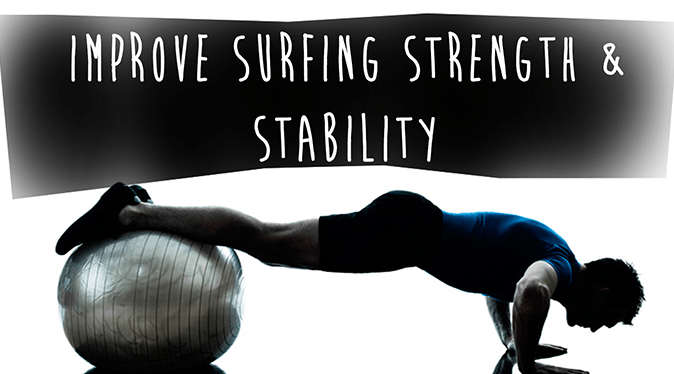
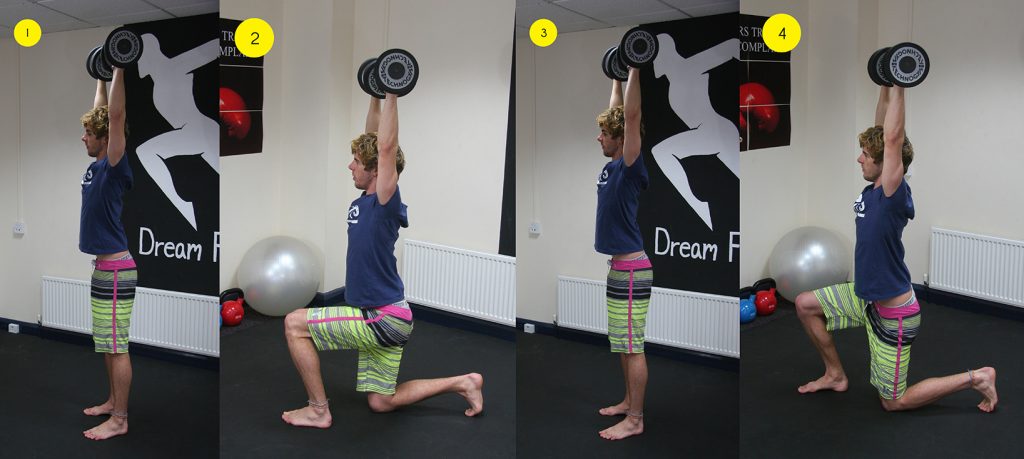
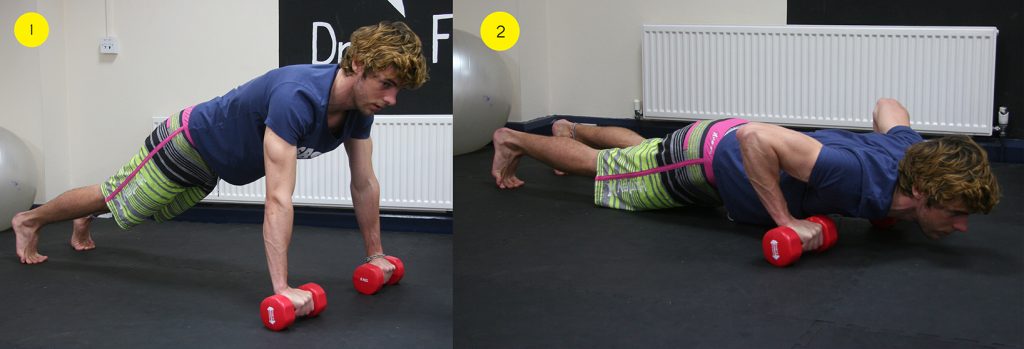

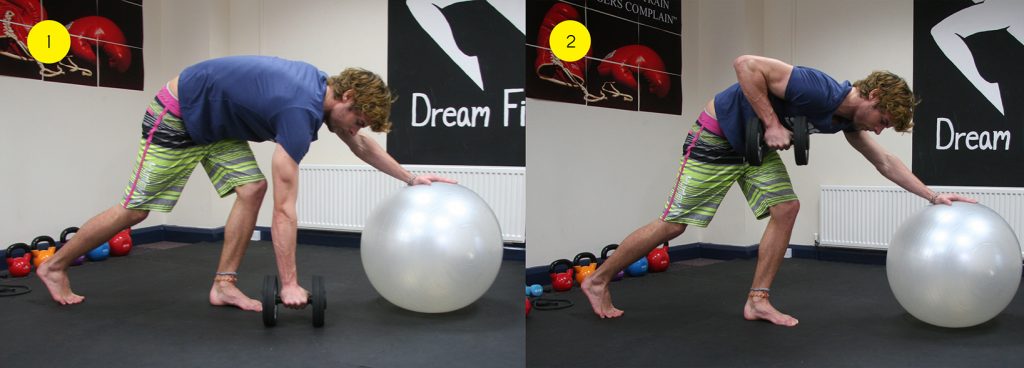





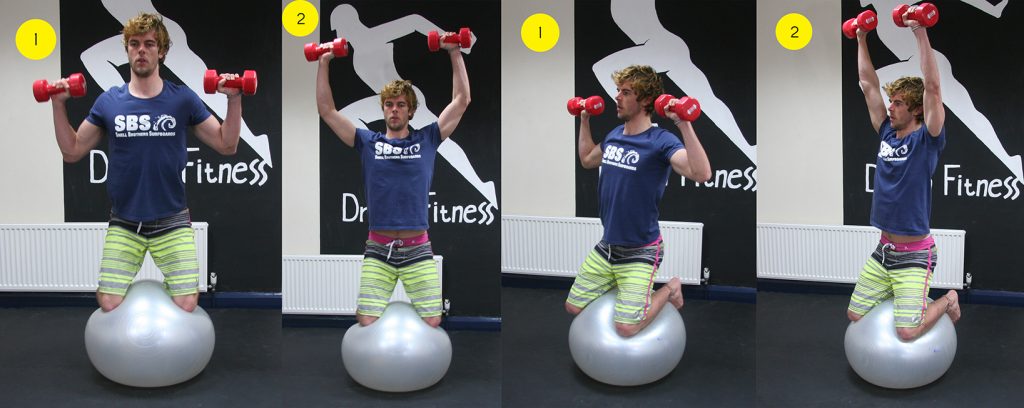



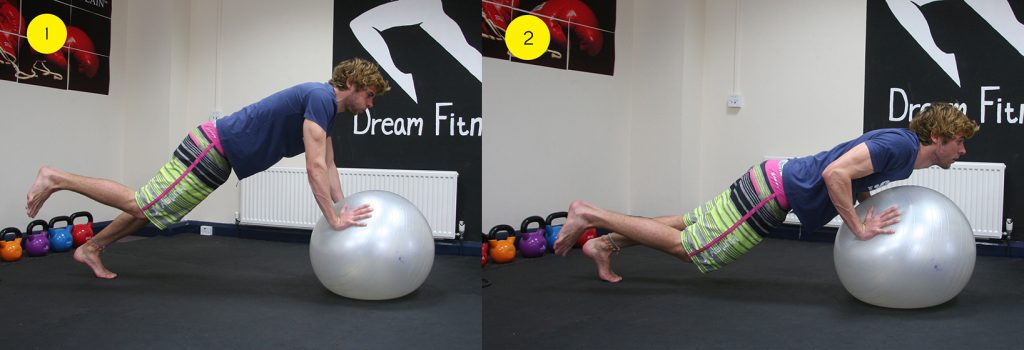

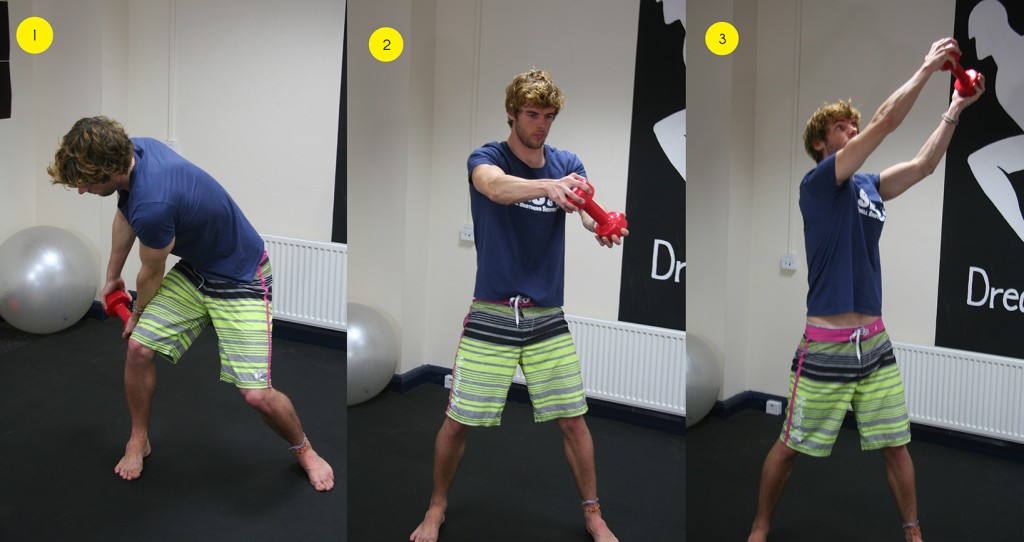

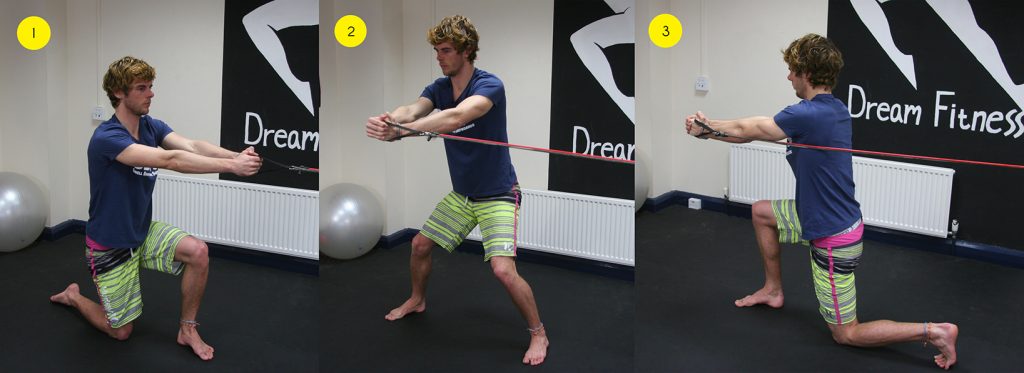
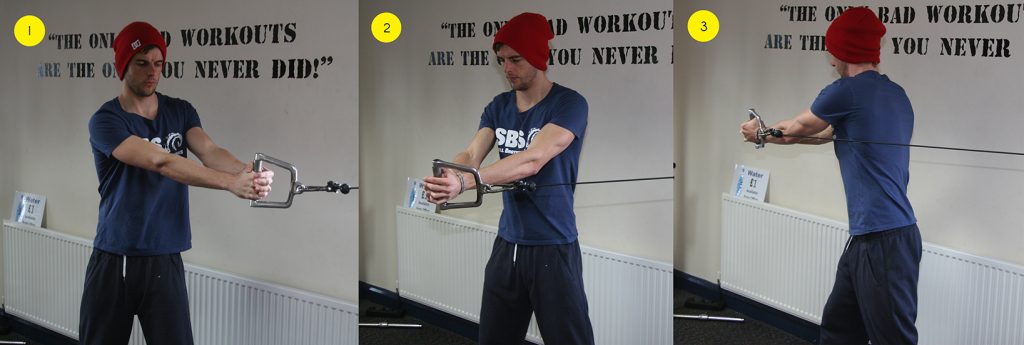
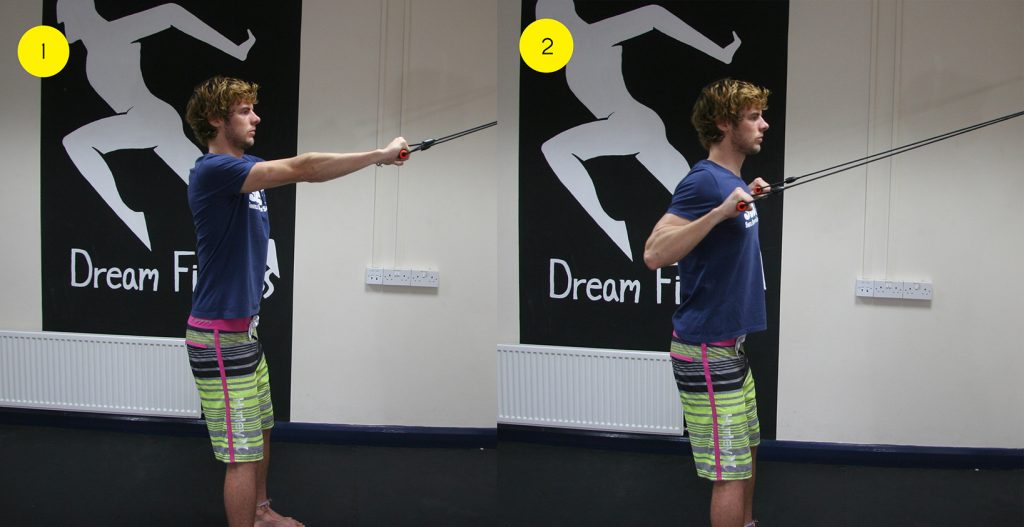
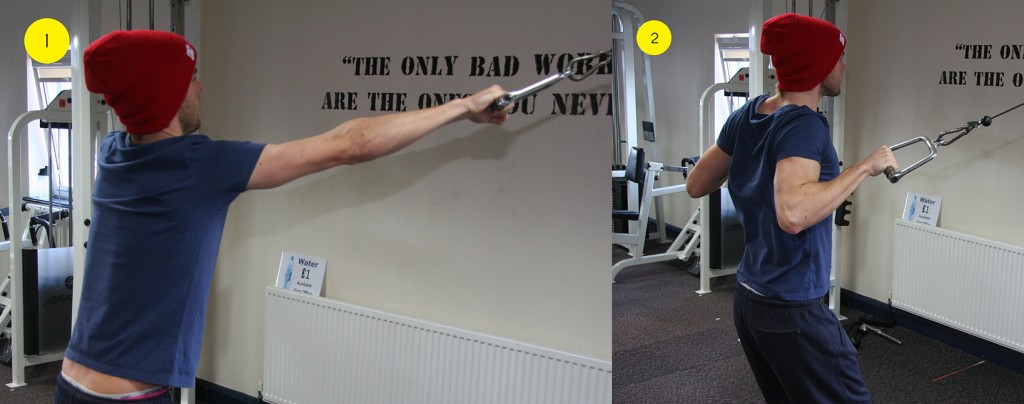
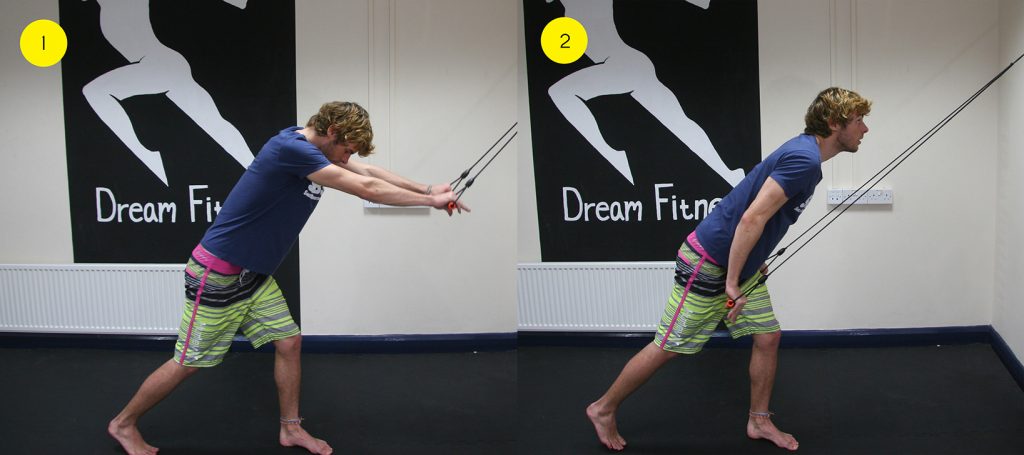
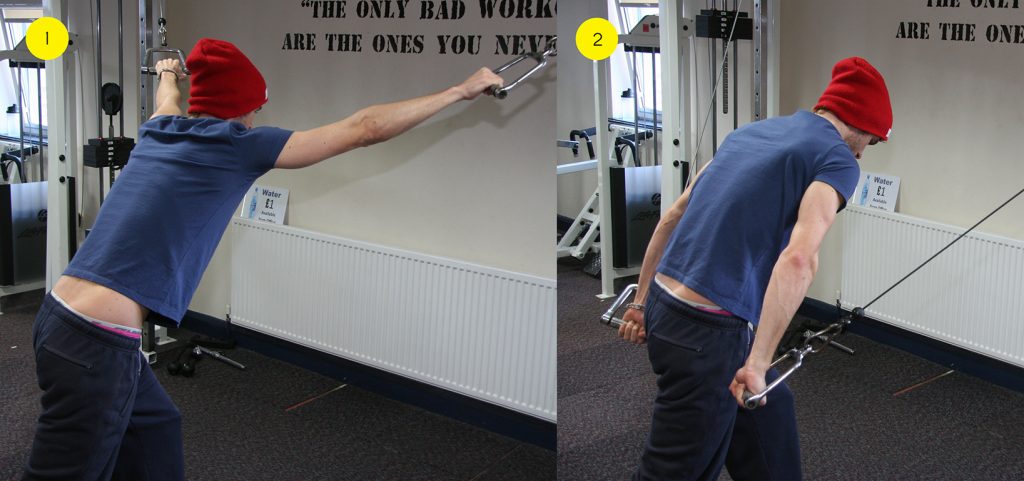
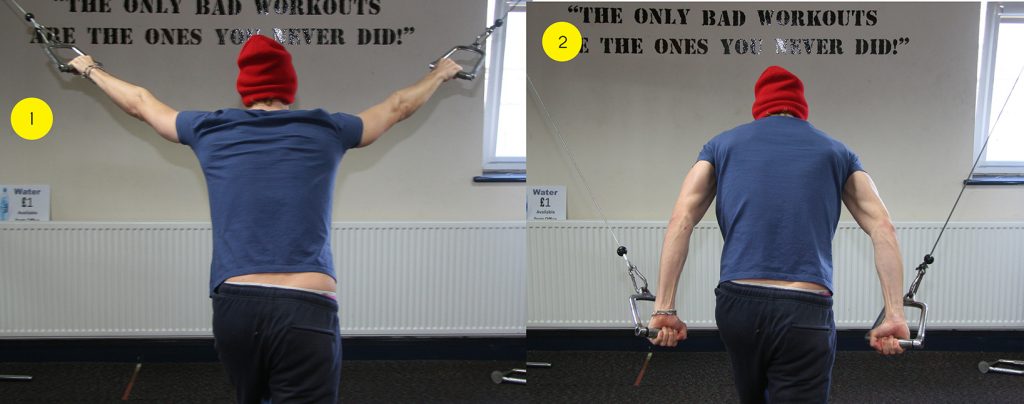
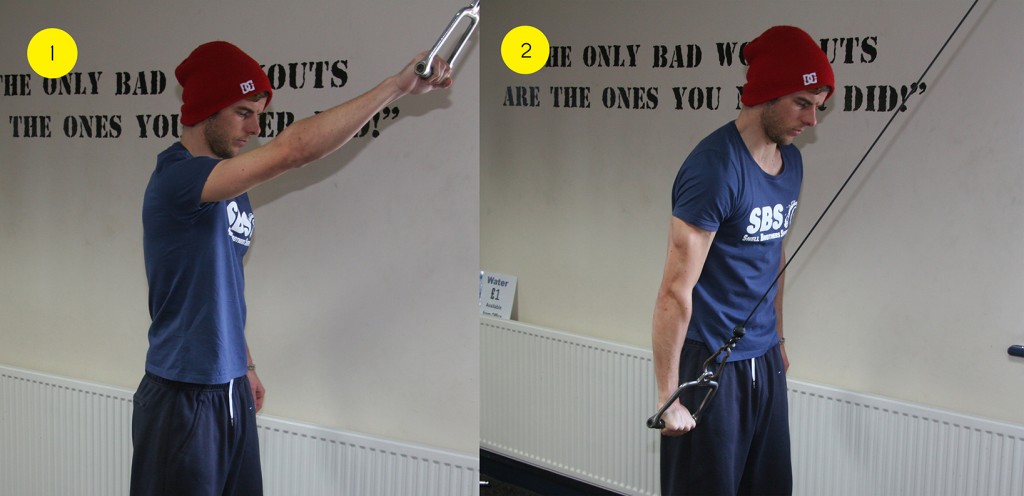
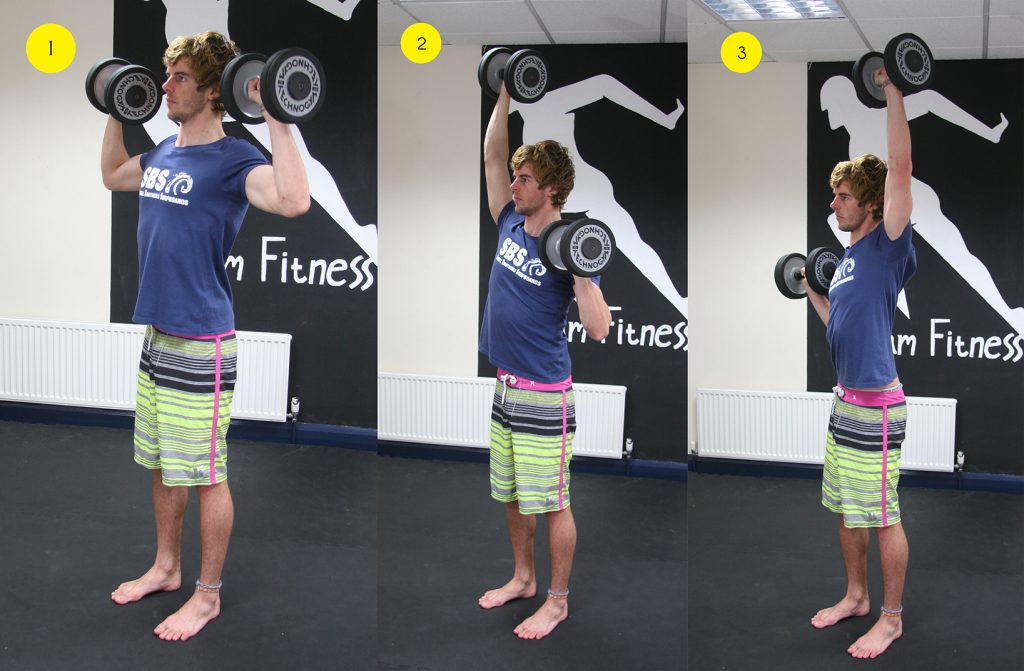
Disclaimer: The information found within this site is for general information only and should not be treated as a substitute for medical advice from your own doctor or any other healthcare professional. SBSboards.com is not responsible or liable for any diagnosis made by a user based on the information shown within this website. Always consult your own GP if you’re in any way concerned about your health.
The page you requested could not be found. Try refining your search, or use the navigation above to locate the post.